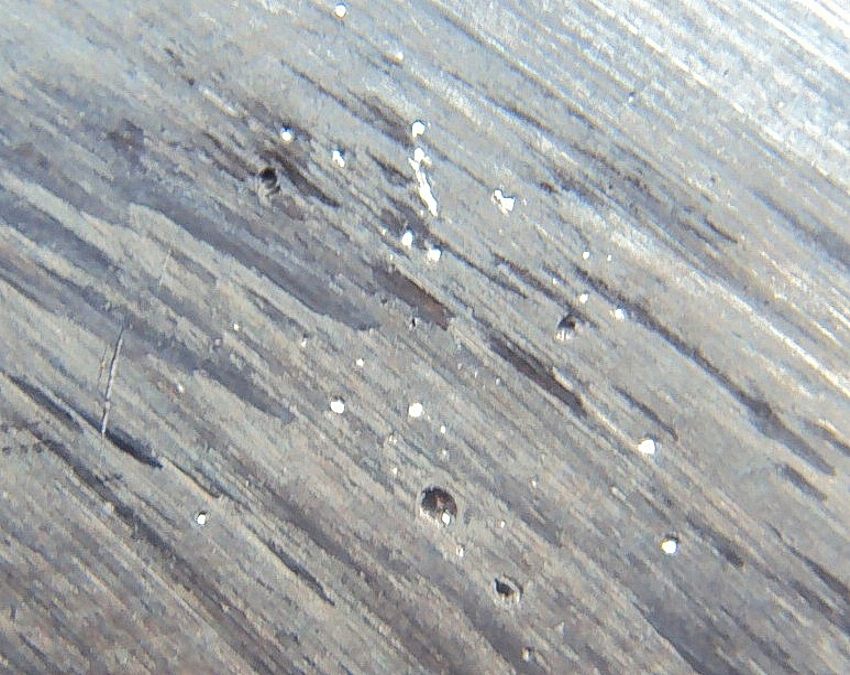Until January 4, 2026, we are offering an extra 10% discount on all currently valid prices in the ABM online shop. Click here for your discount code and further information. Goods ordered between Dec. 24, 2025, and Jan. 4, 2026, will be delivered on January 5, 2026, as our office is closed during the period. We wish you a Merry Christmas and a healthy New Year 2026!
From a solid Block to a Bridge
All guitarists are looking for the perfect tone.
Our goal is to make this dream come true. An ABM product can significantly improve the sound quality of an electric guitar.

But how does that work?
The job of a guitar bridge is to transfer the guitarist's musical message to the body of the instrument.
But it is also about transferring the resulting sound of the guitar back to the strings in order to define the overall acoustic sound of the instrument before the signal is electrified.
The bridge acts as an acoustic filter directly at the origin of the sound.
Material selection and construction of a bridge significantly influence the sound transmission before further processing by pickups, effect devices and amplifier technology takes place.
The better the tonal basis, the easier it will be to find your personal tone in the whole signal chain.
To ensure the best sound transfer, an ABM product is milled from a block or sheet of drawn metal, which has a very homogeneous structure and density.
Precise CNC production, followed by perfect polish and a flawless metallic surface, guarantees a true piece of jewelry.
The following metals have proven to be very useful in the construction of guitar hardware:
Aluminum has a very fast response and a neutral transmission of tone. It can bring out the best of the wood composition if the tonal basis of the guitar is harmonious. It accelerates the sound development of heavy or low-resonance instruments.
Bell brass ensures a very harmonious midrange and offers a percussive bass range. The material supports a strong fundamental tone with light compression and a rich overtone structure. Bell brass offers excellent string separation and long sustain.
Steel is perfect for a sophisticated electric guitar sound with tight bass, neutral mids, and a long decay with an emphasis on the upper treble (twang).
In a nutshell, brass and steel shape the guitar tone, while aluminum acts largely neutrally in transferring sound information.

But the inner life of a guitar bridge is also exciting!
The hardware is usually made by other manufacturers using an inexpensive die-casting process.
We would like to show the difference between milled ABM products and simply die-cast items in two illustrations.
The top image shows the structure of the ABM bridge, while the bottom image illustrates the interior of the die-cast product.
With the naked eye, you can see the uniform structure of the ABM product above, while below, the porous die-cast part contains air pockets and other impurities that can affect sound transmission and stability.
This also explains why every ABM bridge of the same type sounds the equal, while the sound of the same die-cast products can differ significantly due to the inhomogeneous structure.
Experienced guitar builders and workshops know very well why guitars sometimes sound lifeless.
Often, the problem is caused by the hardware.
They are also familiar with “sagging” ABR-1 bridges, as the lifetime of die-cast products appears to be limited.
The features mentioned are intended to give you a little insight into the ABM concept.
It represents the symbiosis of best sound, perfect functionality, and high-quality appearance.
And you should find this essence in every ABM product.
With passion and precision.


EU Standard Banktransfer


EU Standard Banktransfer


